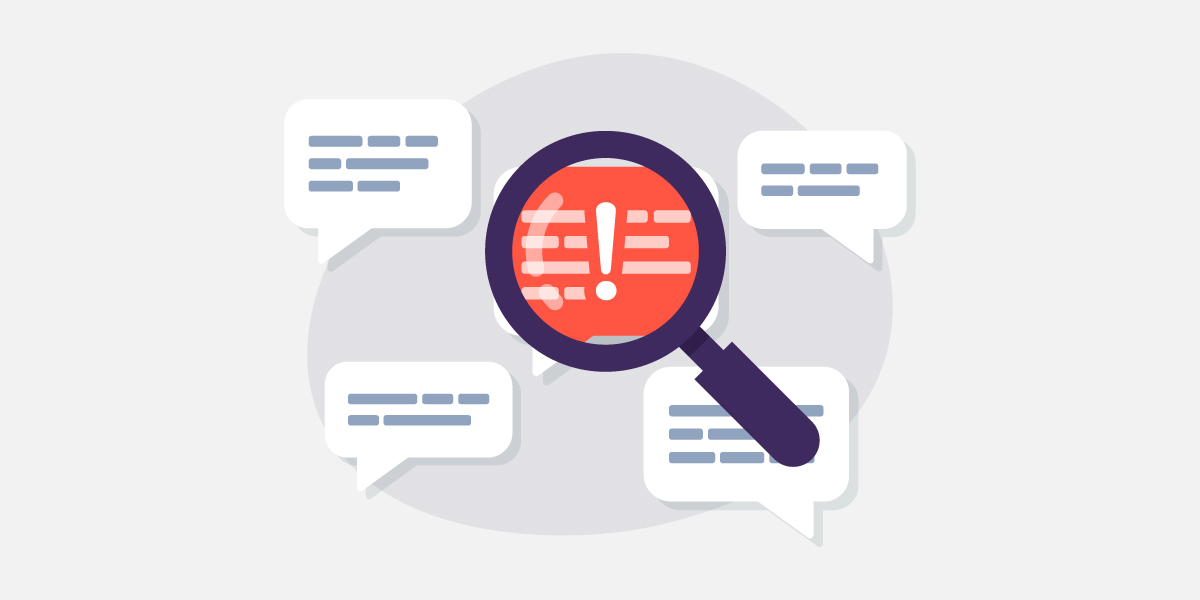How to broadcast SMS messages

SMS as a service, while not a new method of communication, has been adopted globally for many years. What has changed over the years is how SMS can be leveraged to help pierce through the noise and directly communicate with its recipients.
One of the ways Burst SMS, a messaging platform utilised by thousands of businesses every day, helps people communicate more easily and effectively is through our SMS broadcaster.
What is an SMS Broadcaster?
SMS Broadcaster is a tool used to deliver a high volume of messages through an authorised mobile device without needing to login to a web portal or platform.
An advantage of an SMS broadcaster in comparison to other forms of communication is that it does not require an application to function — it is natively available on all mobile devices and has been for more than 20+ years.
Burst SMS operates on an A2P network (Application to Person) to deliver extremely high volumes of messages in a very short time. SMS broadcasting is all done without the need for a laptop or internet access – a broadcasted message is sent from your smartphone as an SMS to your account’s number and circulated to your contact list.
Why use SMS Broadcasting?
SMS has a 98% open rate and is read within 3 minutes, on average. The almost guaranteed read rate for SMS makes SMS broadcasting one of the quickest and most effective tools for alerts, warnings, or any other messaging that’ll benefit from a sense of urgency.
Great use cases for broadcasting SMS can include but are not limited to:
Schools
Emails, school websites, and take-home notices are great channels that many schools use to communicate with parents.
However, busy parents can struggle to keep up with all these forms of communication. School-aged children may also forget to bring home notices or inform their parents of announcements, upcoming events, and schedule changes.
In cases like these, broadcast SMS can be vital for dispensing time-critical messages. You’ll also be able to choose which audience you’ll be contacting, allowing you to fine-tune your messaging depending on the contact(s).
Hospitals
Healthcare environments are often the most challenging professional settings to communicate in.
Between practising good bedside manners, recording proper documentation, and providing care for multiple patients, healthcare professionals have little time to focus on intra-hospital communication.
Ensuring that patients get the care that they need and improving communications for doctors, locums, and nurses while staying compliant doesn’t have to be a zero-sum equation.
As an ISO 27001 certified and HIPAA compliant messaging platform, Burst SMS’s broadcast SMS feature can help provide the right information to the right people at just the right time.
Whether it’s updating a patient’s EHR profile, transferring pertinent patient information to new shift owners, or providing shift change updates to hospital staff, broadcasted SMS messages can be sent and received instantly - with or without an internet connection.
Local businesses
SMS broadcasting is the most powerful way to provide your staff with instantaneous updates for company announcements, shift scheduling, and team management.
From transportation updates to shift changes, broadcast SMS plugins allow businesses and managers to communicate with their staff directly from their smartphones.
The benefits of SMS broadcasting extend beyond business management. You can also:
- send targeted campaigns with a personalised touch to increase your engagement
- help ensure clients make it to their scheduled appointments and increase your productivity with automatic text reminders
- improve your business operations by collecting instant feedback through SMS replies.
Choose an SMS Broadcasting service for faster delivery
Smartphones are everywhere, so some of you might be thinking if this can be achieved through a smartphone anyway. Why would I need broadcast text message service capability?
While this is partially true, sending a text from your smartphone to a group of smartphones delivers the message through a P2P (Person to Person) network. P2P messaging refers to messages sent directly from one phone to another. Since this network is designed to accommodate 1:1 conversational style messaging, sending an SMS from one device to multiple can take several minutes to complete.
The delay in sending and receiving messages on the P2P network can be annoying at best and disastrous at worst, especially for time-sensitive messages such as alerts, warnings, and notifications from your business.
On the other hand, SMS broadcasting is done through the Application-to-Peer (A2P) network. A2P messaging refers to messages sent from any online application. At Burst SMS, broadcasted SMS messages sent from your device are routed through our platform’s broadcast plugin and then delivered to as many recipients as you’d like in seconds.
What Do I Need to Broadcast SMS?
Dedicated Virtual Number
A dedicated virtual number (DVN) is an exclusive phone number used to send and receive text messages on your behalf. Based on your purposes and objectives, you may choose to use a shortcode number, a 6 to 8 digit number primarily used for marketing campaigns, a longer number that’s easier to remember, or even a custom sender ID.
The DVN is required to start the broadcast SMS process because the authorised device needs a number to send the message from. That being said, the outbound message sent to the contacts does not need to be this number also. If the country you’re sending an SMS from supports alphanumeric sender IDs, you can choose a custom sender ID such as a business name.
Review our Global SMS Delivery List to see which countries support custom IDs and other types of DVNs.
Contact List
Your broadcasted SMS will need a contact list to send your message to. Each contact list has a unique ID configured to it in our plugin to make choosing your recipients simple and easy.
Unique Keywords
Keywords are attached to DVNs. Keywords are used to trigger automations such as automatic replies and text forwarding when they’re triggered and can be used as a form of inbound marketing. They’re also used to identify and select which contact list your broadcasted message will be sent to. No two keywords can be the same on the same number.
SMS Message Content
As mentioned above, the content of your SMS will need to start with an identifying keyword to distinguish which contact list will receive your broadcasted message. Depending on your recipients and contact lists, you can choose to configure individual numbers or use a unique keyword.
Broadcast SMS Example
Here’s an example of what a broadcasted SMS workflow might look like in a school.
The school principal is looking to communicate with parents regarding a sports festival on the morning of the event. Since it’s so early, the parents and children have yet to arrive. While yesterday’s weather forecast predicted overcast skies, the clouds are beginning to clear up and the day is looking to be a scorcher.
Knowing that most parents will not have the time to check their emails in the morning since they’re preparing their children for the sports event, the principal decides to broadcast an SMS message.
The principal begins by sending a text message to the dedicated number attached to their Burst SMS account. As we’ve mentioned above, the first word of the text message will have to be a configured keyword to verify which contact list will receive the message.
For this example, the configured keyword for parents and guardians is “parents.” In this case, the message would look something like this:
Parents: This is a friendly reminder that sunscreen is recommended for today. It’s going to be hot!
This message would get sent to the “parents” contact list because the principal has already configured the keyword on the broadcast plugin to send to their contact list filled with the parents’ contact information.
With a near 98% read rate for SMS, the principal is confident that their students will be well protected from harmful UV rays for another successful sports festival.
How cool is that?


